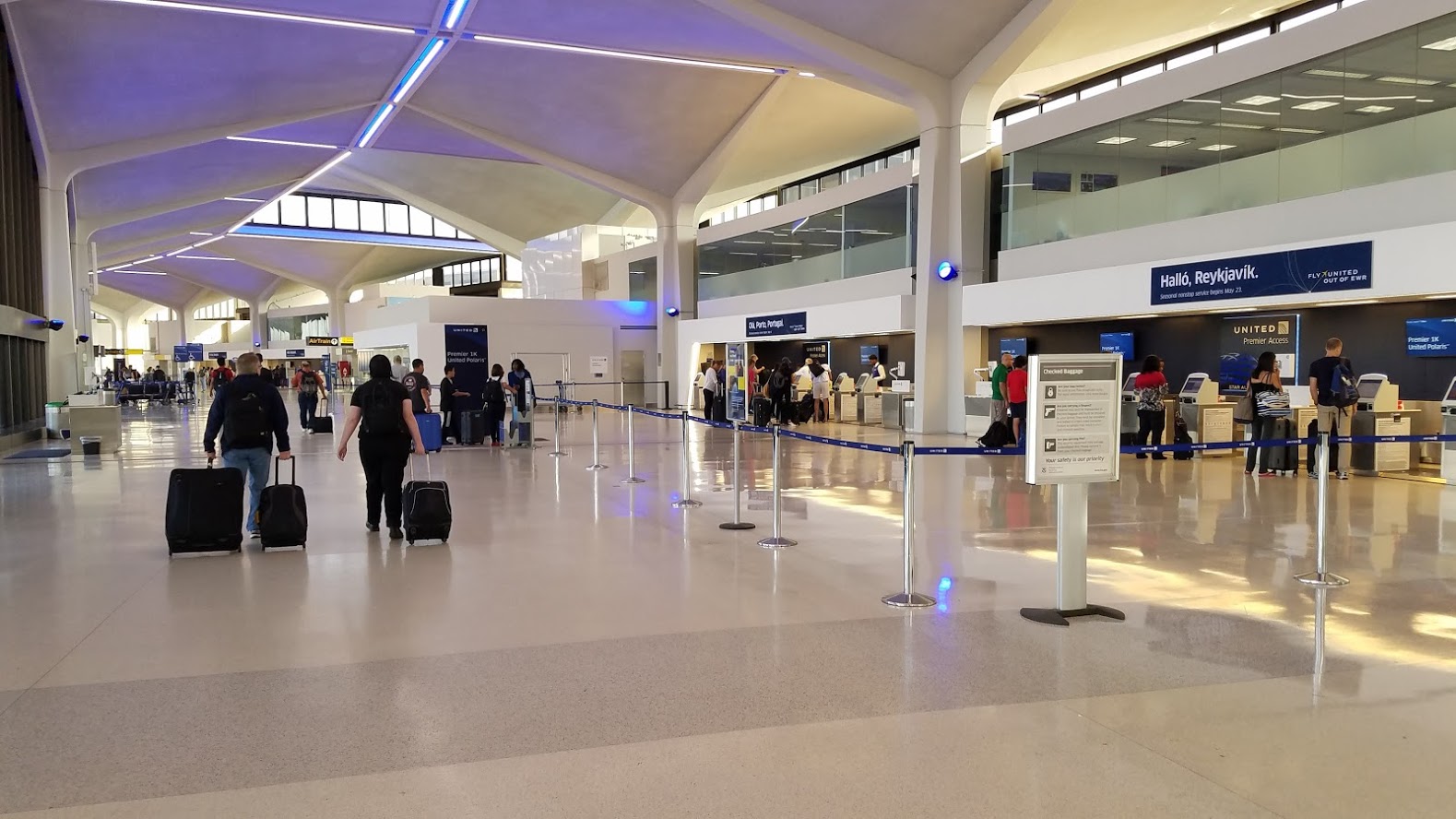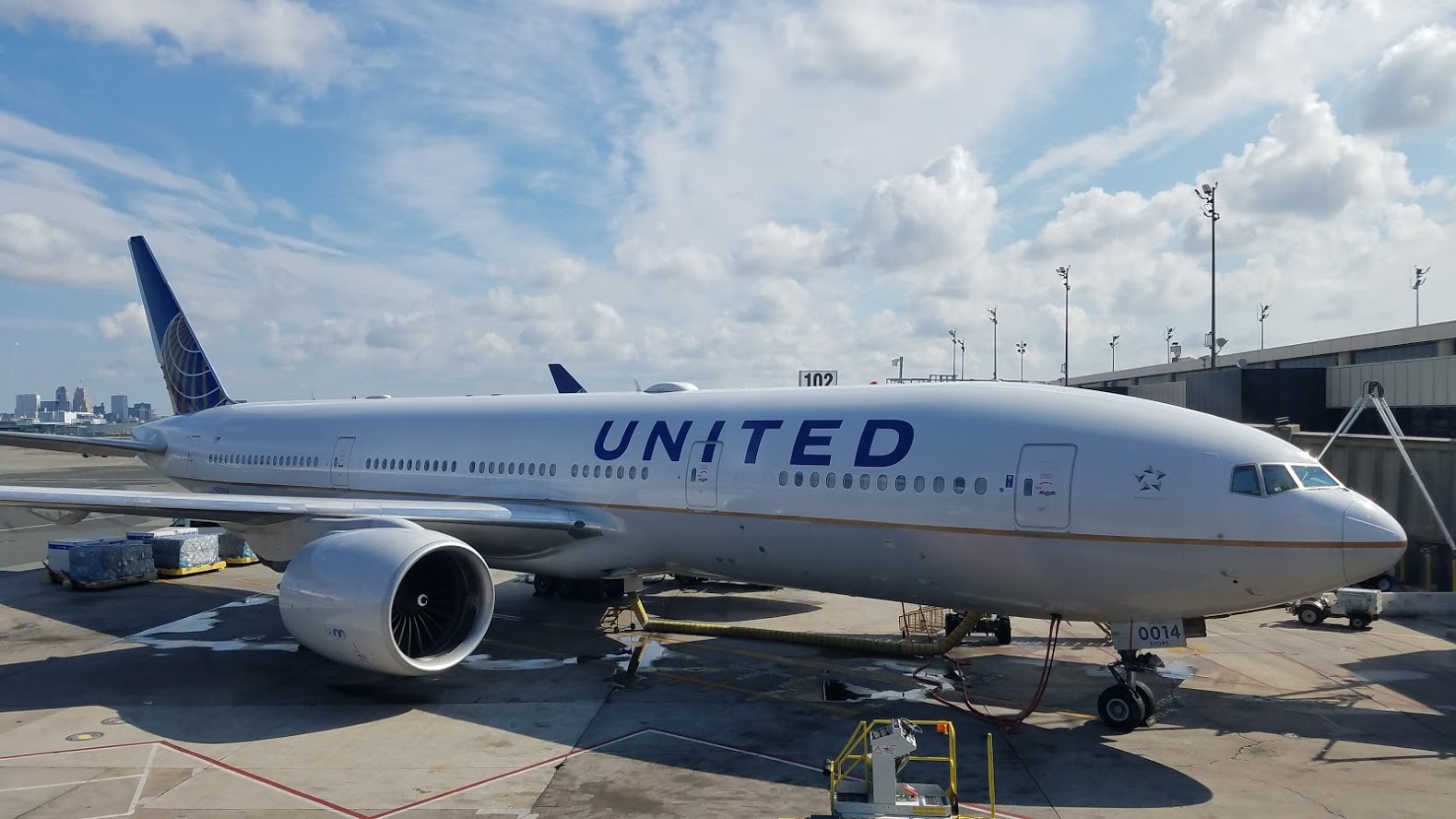Interesting research from Alexander Luttmann at UC Irvine suggests that slot controls don’t actually reduce delays at congested airports because large airlines at major airports “already internalize congestion” when planning their schedules.
That makes sense. Heavily congested airports take longer to get planes in and out. Flight times are longer. That means flights are more expensive — they take up more aircraft time and airlines have to pay their crews more, too.
While the busiest airports see plenty of flights, their largest airlines don’t just keep adding flights because that’s expensive, both for the new flights and for all of their existing flights which suffer greater delays and ultimately get longer flight times.
Newark and New York JFK airports had slot controls re-introduced in 2008.
- Following the introduction of slot controls “the average arrival delay at EWR actually increased by 7 minutes”
- Delta compressed their schedule at New York JFK (“the length of Delta’s departure banks…decreased by about 2 minutes at JFK”) offsetting gains from slot controls.

United Newark Terminal C
Airports are also constrained by terminal and gate space, not just slots. That’s why American Airlines was so angry that United was poised to get grow its portfolio of gates at Chicago O’Hare last year. Newark, too, is heavily gate-constrained, although it will be interesting to see who picks up the Southwest gates at there.
One thing that slots do — along with long-term gate leases at government-run airports — is serve as a subsidy for incumbent airlines, conferring upon them a property right and limiting the ability of new entrants to compete.
And since there’s usually a requirement that airlines use the slots in order to keep them, they ‘squat’ on the slots to retain them as an asset and to keep competitors from using them.
This summer’s runway construction waived some of the use requirements at JFK, and so American slashed their schedule — while Delta and JetBlue didn’t make similar changes to theirs. That’s a significant indication that American was squatting on slots, or at least they preferred to operate virtually every other flight in their system over flights at New York JFK as they reduced capacity during the Boeing 737 MAX grounding (since they cut regional jet flights too, that is further indication the capacity cut wasn’t driven by the MAX)>
British Mediterranean used to operate a flight between London Heathrow and Cardiff, Wales with no passengers.
At the end of 2016 the FAA lifted slot controls at Newark, re-classifying the airport as ‘schedule-facilitated’ — like Chicago O’Hare, LAX and San Francisco — rather than limiting the airport to 81 operations per hour. This caused United to write off $412 million which is what they carried the value of the asset on their books at.

United Airlines at Newark
Concurrently the FAA indicated a willingness to consider doing the same at New York JFK once planned runway construction – currently ongoing, through late in the year – has been completed. This would be an amazing opportunity for American Airlines with their often-deserted terminal and underutilized gates at the airport.
(HT: Tyler Cowen)


Newark and JFK have different market structures. In Newark, United dominates. So, it has an incentive to internalize. JFK is less concentrated, which amplifies the tragedy of the commons.
Fascinating stuff.
There are many days, since EWR ended their slot program, that EWR is the only one of the three main NYC airports that has an ATC delay program. On days when all three airports are affected, EWR generally has the longest ATC delays of the three airports.
Couldn’t a cause/effect relationship be made out of this? EWR ATC delays were not as long when they had slots.
https://www.fly.faa.gov/ois/
(FAA website to monitor ATC delay programs)
I read the paper and it’s fascinating. It appears that regulators are giving out too many slots, which is not unexpected in the U.S. since they’re a tool of airlines. Furthermore the paper has a fatal flaw as it does not have a “control group”, i.e. analyzing what happened to congested airports where traffic increased but slots were not introduced (e.g. SFO, whose delays ballooned).
Hopefully studies like this will lead to regulators reducing the number of slots (instead of capping them, which is what the paper implies happens) and therefore less delays.
Incidentally, another interesting paper by the same author quantifies the one-way price discrimination based on income that airlines apply (e.g. is far more expensive to fly from rich USA to Sri Lanka than to fly from poorer Sri Lanka to the USA, even if the flights are identical length). https://www.sciencedirect.com/science/article/pii/S016771871730351X?via%3Dihub
And still another paper quantifies the “savings” from flying via a connection when a non-stop is available, which he puts at $42.74-$47.60 per hour of layover time. https://drive.google.com/file/d/0BwTyaB7MIQsWdWVlRnpIcFZTejA/view